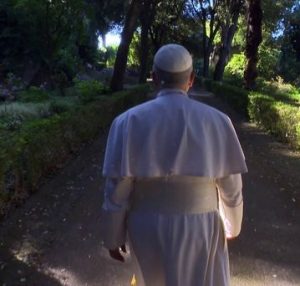Saving environment through seedballs
By Baijayanti Rout
Ahmedabad, July 29: Living under the continual threat of natural catastrophes necessitates the implementation of precautionary measures. Making and disseminating seedballs is an efficient, cost-effective, and enjoyable approach to repair mother Earth among our numerous endeavours to boost the green cover.
A seed ball is a collection of marble-sized spheres constructed of clay, earth, and seeds. They are a simple and quick way to recover our environment’s lost green cover. Seed balls and seed bombing are techniques of compassionate natural farming in which we assist in dispersing the seeds of our native trees for regeneration.
Seed bombs are an old Japanese practise known as Tsuchi Dango, which translates to ‘soil Dumpling’ since they are formed of clay soil. Masanobu Fukuoka, a Japanese farmer, revived this practise. This is comprised of clay as well as some additions such as humus and compost.
There are several references to utilising this strategy to rehabilitate derelict grounds caused by human activities such as mining and high tillage agriculture. Seed balls aid in the restoration and enrichment of soil quality. The clay in these seed balls helps to minimise water loss and increase water retention.
In some ways, making seed balls are an efficient approach to plant wildflowers in difficult-to-reach areas. It aids in environmental restoration and favourably responding to climate change. Saplings are often planted in tiny plastic bags, pots, or other containers that limit root development.
Seeds put in the ground (such as using seed balls) have considerably stronger roots. Furthermore, trees produced from seeds are thought to be stronger than planted saplings; this might be due to differences in the roots during germination.
There is enormous positive impact of the seedball initiative on the environment such as carbon sequestration, soil erosion prevention, forest cover, global cooling vehicle, increase in water table, water and air purification, biodiversity conservation. Environmentalists and non-governmental organisations are working hard to make the plan a success. Furthermore, in India, there are very few states have launched a seedball effort through a government plan.
However, no programme has been adopted at the federal or state levels. As a result, it is critical to begin activities through government schemes that can more efficiently assist the seedball programme. We are ruining our environment through numerous development projects that have no concern for environmental conservation. We must concentrate our efforts on preserving and conserving resources while also giving back to society through the restoration of green cover. It is time to consider nature and the environment in order to attain sustainable development goals.







